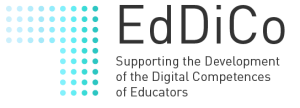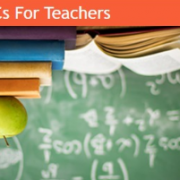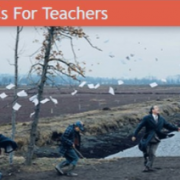To Flip Or Not To Flip – Discover the flipped classroom methodology
What is flipped learning? According to the Flipped Learning Network, it is a “pedagogical approach in which direct instruction moves from the group learning space to the individual learning space, and the resulting group space is transformed into a dynamic, interactive learning environment where the educator guides students as they apply concepts and engage creatively in the subject matter.”
This MOOC is part of the MOOCs for Teachers series, which is devoted to pedagogical innovation and is aimed at giving the chance to teachers and people involved in instructional design to develop skills in the didactical area.
During the course there will be the chance to meet the other participants and one or more teachers online for a synchronous session, which will be announced by email, according to the course objectives. You can access the course absolutely free of charge and completely online. The course materials will still be available to all registered users, even after the closing of the edition. Further editions of this course will be activated each academic year. The forum of this MOOC is freely accessible and participation is not guided; you can use it to compare yourself with other participants, or to discuss course contents with them.
The course entails questions, in the form of self-assessment quizzes or as hints for reflection, as well as discussion activities in the Forum and design activities in WEEK 4. You are not required to answer these questions or participate to activities to complete the course, but we strongly believe they offer you a concrete opportunity to improve your knowledge! Instead, the quiz you will find at the end of the core WEEKs (except WEEK 0 and the final section on the pedagogical approach) will be evaluated. You can retry the quiz up to a maximum of 3 times. Remember: the system will record the result of your final attempt, not the best of your attempts! The course is properly completed if the participant correctly answers to at least 60% of the questions, totally. The course’s total score will be calculated by averaging the scores of the quizzes for each individual week. Once you have successfully passed the course, you can request the Certificate of Accomplishment without waiting for the end of the edition.





